Database vs. Data Warehouse: What’s the Difference?
Jet Global
MAY 28, 2019
Whether the reporting is being done by an end user, a data science team, or an AI algorithm, the future of your business depends on your ability to use data to drive better quality for your customers at a lower cost. So, when it comes to collecting, storing, and analyzing data, what is the right choice for your enterprise?


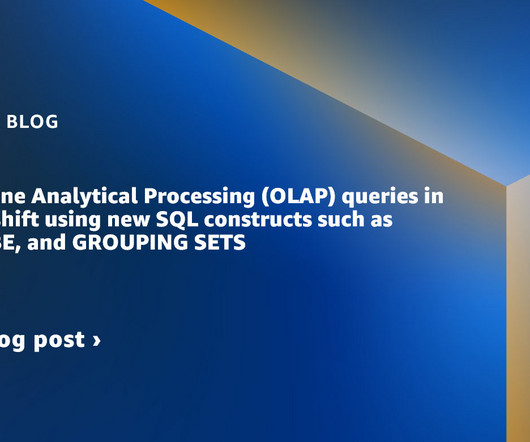



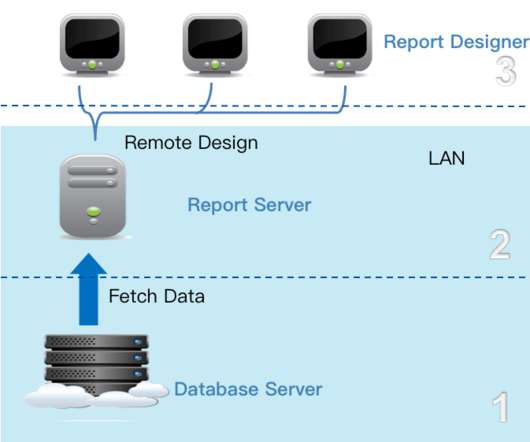
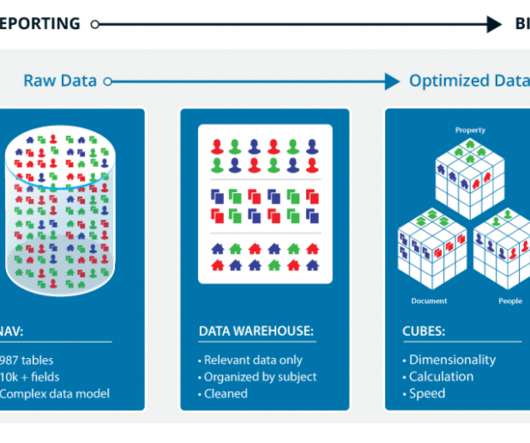
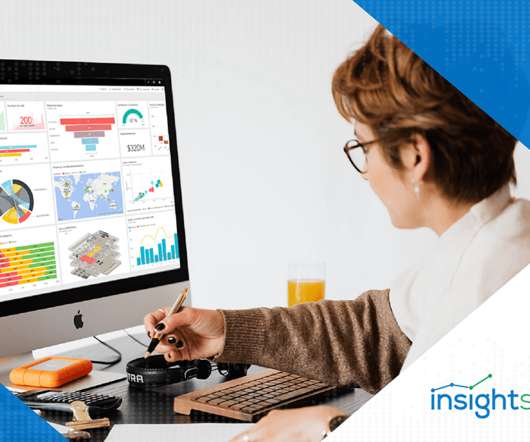



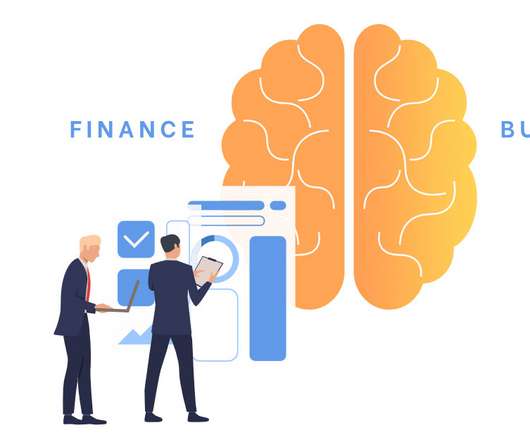












Let's personalize your content